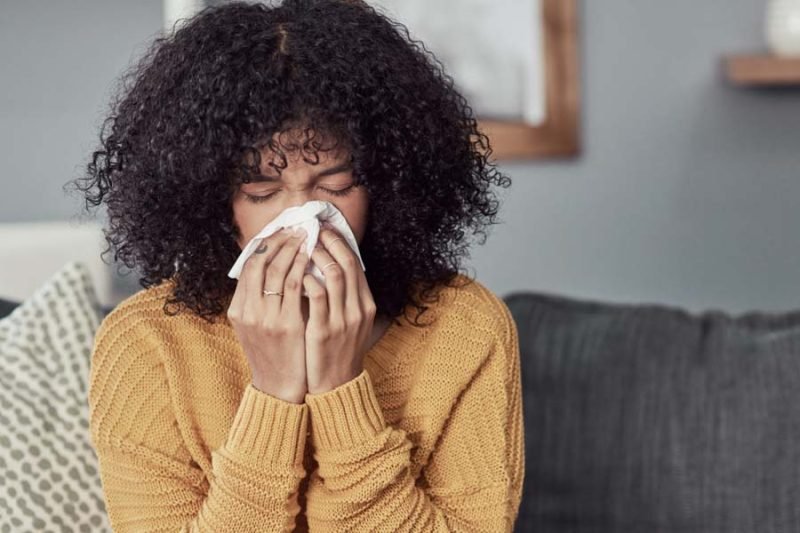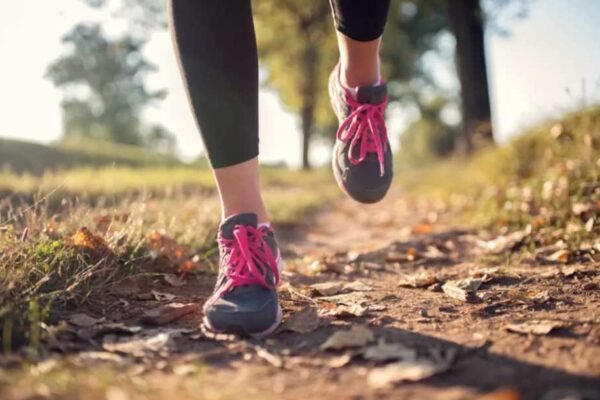
As the summer months approach, many of us are eager to get outside and enjoy the fresh air and sunshine. Unfortunately, high pollen and poor air quality days can make being outdoors tricky. Pollen and air pollutants can trigger allergies and asthma, cause respiratory irritation, and even make breathing difficult. This blog will discuss ways to protect yourself from the effects of high pollen and poor air quality days.
Understanding Pollen and Air Quality
Before we get into how you can protect yourself, let’s look at the two main culprits behind air pollution: pollen and air quality. Pollen is a fine powder released by plants to fertilize other plants of the same species. It’s made up of tiny particles quickly inhaled, causing allergic reactions in some people. In addition to allergies, pollen can irritate the eyes, nose, and throat.
Air quality can be affected by various pollutants, such as ozone, nitrogen dioxide, sulfur dioxide, and particulate matter. These pollutants can be emitted from sources such as power plants, factories, and automobiles and can travel long distances from their inception. Inhaling these pollutants can cause various health issues, such as asthma attacks and respiratory irritation. In some cases, air pollution can increase the risk of developing lung cancer and other chronic diseases. Protecting yourself from the effects of air pollution is essential to enjoy a healthy, active lifestyle.
Checking the Pollen and Air Quality Maps
Before heading outside, it’s essential to check the pollen and air quality maps. The pollen map will tell you which plants are releasing pollen, how much each plant is releasing, and what type of pollen it is. Knowing this information can help you plan your outdoor activities accordingly. Additionally, the air quality map will also tell you which areas have high levels of pollutants like ozone, sulfur dioxide, and particulate matter. Depending on the level of pollutants in the air, you may want to limit your time outdoors or wear a face mask to protect your lungs. By checking the pollen and air quality maps before heading outside, you can ensure you take the necessary precautions to protect your health.
Wear Protective Gear
When the pollen and air quality levels are high, you must take extra precautions to protect yourself. Wear a hat and sunglasses to shield your eyes, nose, and mouth from airborne particles. A bandana or scarf can be used to cover your face outdoors. Additionally, wear long-sleeved clothing to protect your skin from the potentially irritating particles in the air. Staying hydrated and avoiding outdoor activities when the air quality is particularly poor can also benefit your health. By taking these extra steps, you will be able to protect yourself from the potentially hazardous effects of high pollen and air quality levels.
Stay Indoors When Possible
If the pollen and air quality levels are high, it’s best to stay indoors as much as possible. This is especially true if you’re sensitive to pollen or air pollutants since spending time outdoors can lead to increased asthma or allergy symptoms. When pollen and air quality are high, the air is filled with microscopic particles that can be inhaled deep into the lungs, triggering inflammation and difficulty breathing. To reduce exposure to pollen and air pollutants, open windows and doors to let fresh air in and use air purifiers to help capture particles
Additionally, avoid outdoor activities during peak pollen hours, which are usually between 5 a.m. and 10 a.m. If you must be outdoors, limit your activities to early morning or late evening, when the pollen and air quality levels are usually lower. Wear a face mask if you plan to spend time outdoors, and shower and change clothes when you come back inside. Taking these precautions can help reduce your exposure to pollen and air pollutants and keep you healthier in the long run.
Stay Hydrated
Staying hydrated is essential for everyone, especially during high pollen and air quality days. Consuming the right amount of water is critical to keeping your body functioning correctly. It can also help flush out the pollen and pollutants that have been inhaled. Drinking water can also help reduce asthma and allergy symptoms and support a healthy respiratory system. So, drink enough water throughout the day, even if it doesn’t seem like you need it. Keep a water bottle by your side and sip on it throughout the day to ensure you stay hydrated and reduce your exposure to pollen and pollutants.
Take Allergy and Asthma Medications
If you suffer from allergies or asthma, it’s essential to take your medications as prescribed to help reduce your symptoms and make it easier to be outdoors on high pollen and air quality days. Taking your medications as prescribed is the best way to keep your allergies and asthma. However, if your symptoms change or if you need to adjust your medications, make sure to talk to your doctor right away.
Your doctor may suggest additional medications or treatments to help you better manage your symptoms and improve your quality of life. Additionally, it’s a good idea to have an action plan outlining what to do when your allergies or asthma flare up. This plan may include instructions on when to take medications when to seek medical help, and what to do if your medications are not working. These steps can help you stay safe and healthy even on high pollen and air quality days.
Clean Your Home Regularly
Pollen and air pollutants can easily enter your home through open windows and doors, which can negatively impact your health. To reduce the amount of pollen and pollutants in your home, it’s essential to make sure you clean it regularly. Vacuum your carpets and dust all the surfaces in your home often to remove any pollen and pollutants that have settled on them. Additionally, make sure you change your air filters regularly to reduce the amount of pollen and air pollutants in the air. This will also help to improve your air quality and reduce the chances of you or your family developing allergies or asthma. These simple steps can go a long way in protecting your home and your family’s health.
Conclusion
Wearing protective gear such as long-sleeved clothing and a face mask can help reduce your exposure to pollen and other pollutants. Staying indoors when possible and keeping your home clean can also help to reduce your symptoms. Additionally, it is important to stay hydrated and take any necessary medications prescribed to you by your doctor. By following these tips, you can help keep your symptoms in check and make it easier to be outdoors on days when pollen and air quality are at their peak. But what goes a long way is using technology to avoid allergies in a much smarter way.
High pollen and air quality days can be difficult for those suffering from allergies and asthma. To help protect yourself these days, it is important to stay up to date on pollen map and air quality map. These are easily available for use through Ambee’s robust technology.
Ambee provides global pollen and AQ data with a demonstrably high degree of accuracy and street-level granularity. Ambee’s data is generated through a multi-modal approach combining data from proprietary on-ground sensors, satellites, and multiple open sources. Ambee’s data enables anyone, anywhere in the world, to understand their hyperlocal environment in real time. The datasets provided by Ambee are used to power decisions across continents, from startups to Fortune 500 companies.









